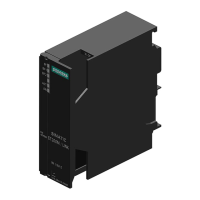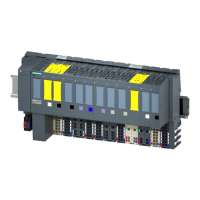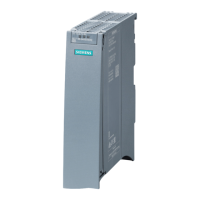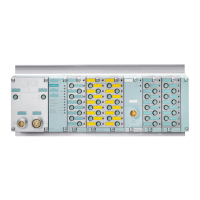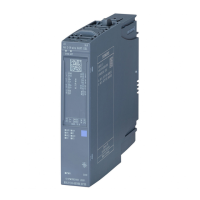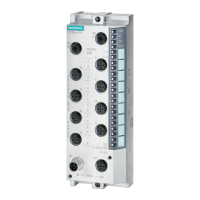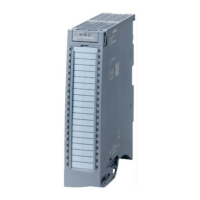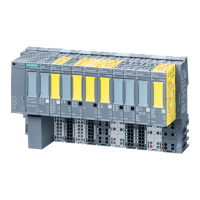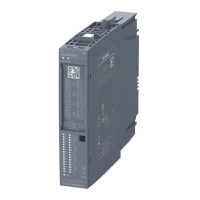Description
2.2 Setting up PROFINET
PROFINET with STEP 7 V15
30 Function Manual, 12/2017, A5E03444486-AH
Setting up PROFINET
Contents of this chapter
The following chapter provides background information on building your communication
network.
● Overview of the most important passive network components: These are network
components that forward a signal without the possibility of actively influencing it, for
example, cables, connectors, etc.
● Overview of the most important active network components: These are network
components that actively affect a signal, for example switches, routers, etc.
● Overview of the most common network structures (topologies).
Physical connections of industrial networks
PROFINET devices can be networked in industrial systems in two different physical ways:
● Connected line
– By means of electrical pulses via copper cables
– By means of optical pulses via fiber-optic cables
● Wireless via wireless network using electromagnetic waves
PROFINET devices and cabling technology in SIMATIC are suited for industrial use, as they
are based on Fast Ethernet and Industrial Ethernet.
●
You can use Fast Ethernet to transfer data at a speed of 100 Mbps. This transmission
technology uses the 100 Base-T standard for this.
●
Structure of Ethernet in industrial environment.
The biggest difference from standard Ethernet is the mechanical current carrying capacity
and noise immunity of the individual components.
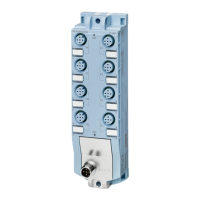
